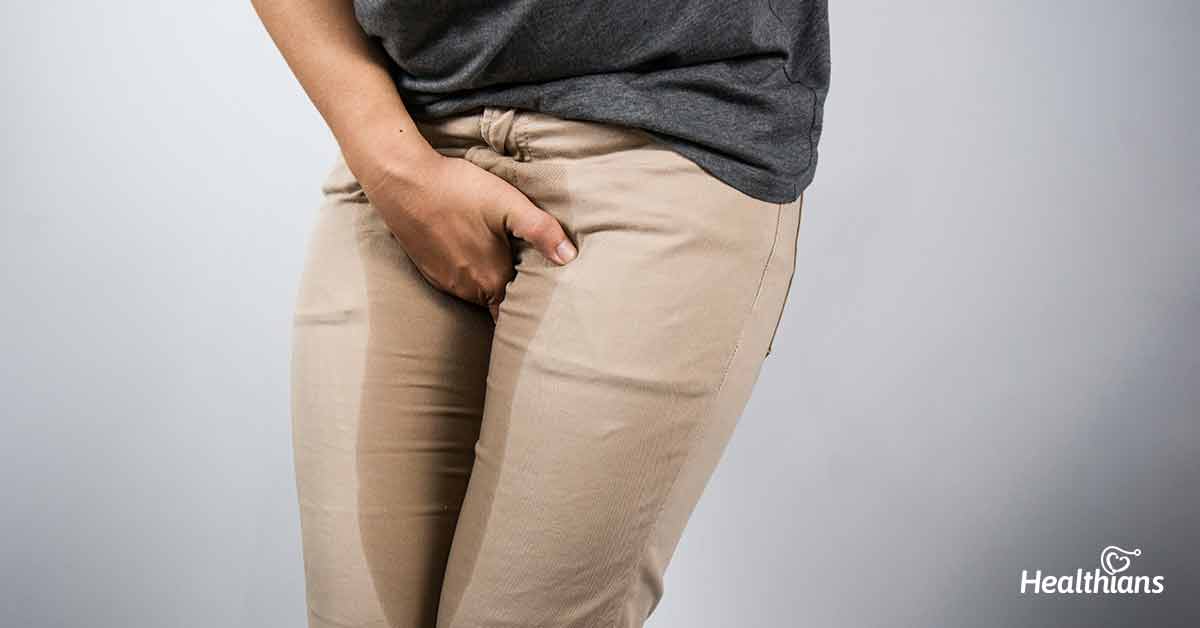Contributed by: Healthians Team
Introduction
In a world loaded with misinformation, myths about urinary incontinence are a dime a dozen. Urinary incontinence — the clinical term for leaking urine that you can’t control — is far more common than most people would expect. Although there are plenty of treatment options available for this condition, at least half of persons with urine incontinence do not address their illness with their doctor.
There’s no need to feel ashamed, though. You are not alone if you suffer from a leaky bladder. Urinary incontinence, often known as bladder leakage, affects women and men of all ages, though it is more common later in life.
Types of urinary incontinence
- Stress Incontinence: Urinary leaks that occur during activities such as coughing, sneezing, or laughing are a tell-tale indicator of stress incontinence. This type of incontinence is in no way related to feeling stressed. It is more common in women and is caused by weaker pelvic floor muscles.
- Urge incontinence: Urgency or urge incontinence is when a very intense urge to urinate strikes without warning and you’re unable to delay going to the toilet. An overactive bladder can induce this sort of incontinence.
- Overflow incontinence: Also called chronic urinary retention, this is when the bladder cannot completely empty when you pass urine. This causes the bladder to swell above its usual size. A neurologic ailment, diabetes, and certain drugs can all induce this sort of incontinence.
- Functional Incontinence: This is caused by mobility challenges rather than urine control concerns that prevent a person from getting to the restroom on time
- Mixed Incontinence: This develops as a result of a combination of stress incontinence and urges incontinence. For example, you may leak urine if you cough or sneeze, and may also have strong impulses to pass urine.
Urinary incontinence is more than a nuisance; it has an impact on the quality of life, and it’s critical that you receive the treatment you require. Regardless of the type of incontinence, you may have, the vast majority of cases can either be cured or significantly improved.
Myth #1: Urinary incontinence is an inevitable component of aging
Fact:
While age can certainly play a role in the development of urine incontinence, it does not indicate that urinary leaks are an unavoidable annoyance. Our bodies and tissues weaken as we age, but urine incontinence should never be considered normal.
Myth #2: Urinary incontinence treatment choices are restricted or non-existent
Fact:
Most people believe that there aren’t any treatment options available for urinary incontinence. And they’re very, very wrong. Even though urine incontinence is very frequent among women (50% of all women will have UI at some point in their lives), one of the biggest misconceptions and reasons why women don’t go to their doctors is that they don’t realize there are treatment choices.
In actuality, there are numerous treatment choices for urinary incontinence, but the best one for you is determined by the type of incontinence you have.
Myth #3: The only true cure for urinary incontinence is surgery
Fact:
You and your doctor can determine if and when surgery is suitable for you once you’ve been properly diagnosed. Many of these surgical procedures have positive outcomes and do not require hospitalization. Many people are hesitant to speak up about their incontinence because they assume that super invasive surgery is the only way to deal with the problem.
However, there are a variety of non-surgical therapy options like behavioral treatments, lifestyle modifications, exercises, and new technologies that can be used to manage incontinence. Medications are also available to treat some types of urinary incontinence, but it is one of the most effective treatments for stress urinary incontinence (SUI).
Myth #4: Limiting your fluid intake will help with urinary incontinence
Fact:
Although it may appear that limiting fluids and water intake will minimize your desire to urinate, however, doing so leads to more concentrated urine which irritates the bladder and actually exacerbates the problem. Because urinary incontinence may have such a detrimental impact on a person’s quality of life, some people try to avoid drinking fluids in order to lessen the need to use the restroom.
Urinary incontinence sufferers should consume a consistent amount of liquid throughout the day to hydrate their bodies and bladders, but not too much that their bladders can’t handle. What you drink is also important. Caffeine and alcohol should be avoided in excess because they might irritate the bladder and exacerbate symptoms.
Myth #5: A tine bladder causes urinary incontinence
Fact:
Even though it may appear such, urinary incontinence is not caused by the size of your bladder. It’s not the size of the bladder that matters, but how the bladder’s muscles and nerves control and release urine over time. A urogynecologist, or urologist who specializes in pelvic floor issues and women’s health, can assist women in determining the source of their urine incontinence so that they can receive the appropriate therapy and reclaim their quality of life.
Myth #6: Urinary incontinence is irreversible
Fact:
Perhaps the most popular myth about this condition is that it’s inevitable and irreversible. Incontinence is a sign of a health problem, not a sickness in and of itself. It could be caused by a transient condition such as an infection. Antibiotics are used to treat this, and the incontinence goes away. Even if it’s due to a long-term illness like diabetes, there are workouts, food modifications, devices, drugs, and surgery that can treat the illness as well as your bladder.
In conclusion
Urinary incontinence can often be greatly improved or entirely reversed with thorough examination and treatment. Clinicians are increasingly recognizing the combination of alternatives as to the most effective treatment.




